Catching spiny lobster in Florida is a very fun and popular activity. Most of the time when I see tourists visiting the Florida Keys they do not explore much on their own. After spending hours watching every fish swim by a great fishing spot, I see people get out of their car, walk a short distance, and take a picture. After that, they get back in their car and seem to have little interest in exploring the ocean.
This is not the case during the mini lobster season or when people are catching lobsters during the main season in Florida. It is actually quite the opposite. Murky shark-infested water with a strong current and people are jumping in without hesitation to try and catch that delicious lobster.
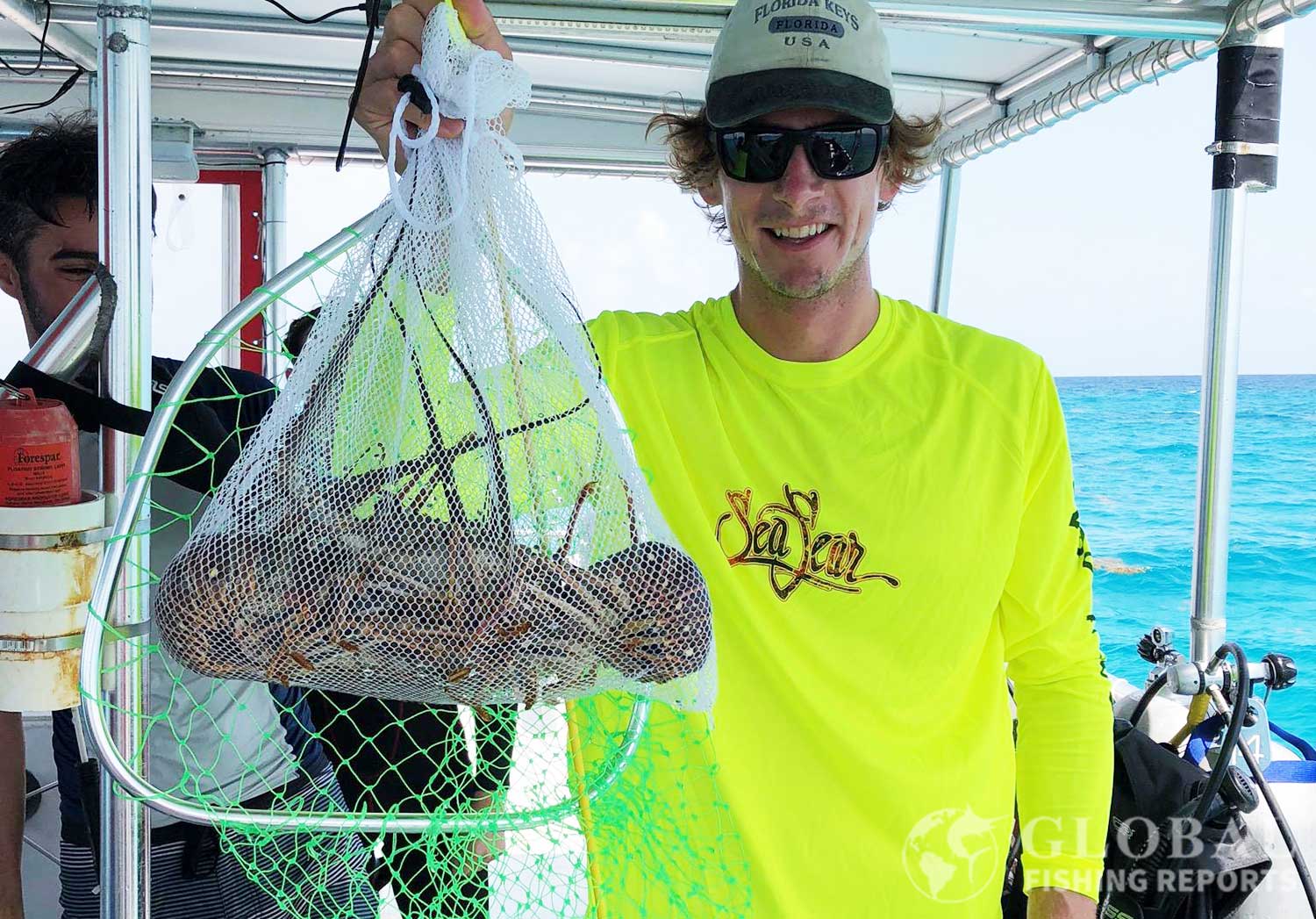
Spiny Lobster Seasons in Florida
There are two main recreational ways to catch lobsters. Method one is to snorkel or scuba dive and catch lobsters with small nets during the day. The second method is by using bully nets and scooping lobsters from shallow water during the night.
In Florida, there is a mini two-day season in late July that is only open to recreational lobster caching. About 10 days later the commercial lobster season opens for lobster boats to set lobster pots to commercially catch spiny lobster. This season lasts for about 8 months from early August to the end of March. People can still dive and use bully nets to catch lobsters during the regular lobster season as well. Below I will discuss the basic methods used to catch lobster. Hopefully, this helps you catch more spiny lobsters!
Techniques for Catching Spiny Lobster
Scuba Diving for Lobster
Lobsters can be caught with a tickle stick and a net. This is typically done while diving on reefs on the Atlantic ocean or diving wrecks and structures in the Gulf of Mexico side of the Florida Keys. When diving near coral make sure you do not touch or bump into the coral. Do not damage coral to catch a lobster, it is not worth it.
The basic strategy to catch lobsters is to use a tickle stick to scare them out of a hole or ledge they are hiding in. Then slightly distract the lobster while slowly putting the net behind the lobster. Scare the lobster back and it will go right into the net. Do not try and scoop the lobster from the front. Lobster can swim backward very fast and you will not catch any lobster this way.
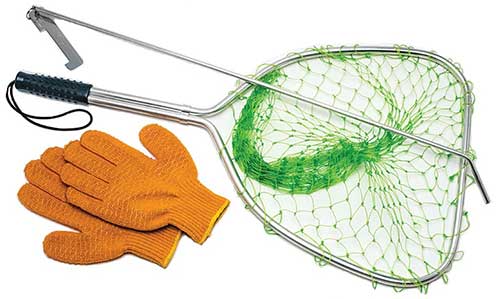
This is the most common lobster kit and comes with a net, tickle stick, measuring gauge, gloves, and a mesh bag for holding the lobster. This is what we would use during the mini-season in the Florida Keys.
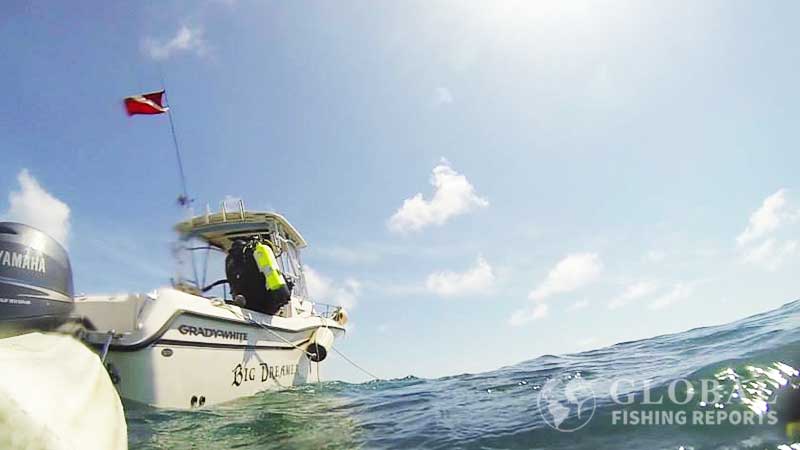
In the picture above my dad and I are about to go diving in the Florida Keys.
Snorkeling for Lobsters
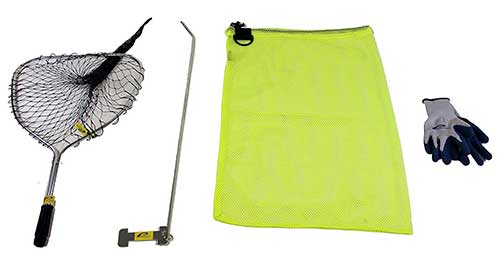
This is very similar to the lobster kit above. It comes with different gloves, a black mesh net, and a yellow mesh storage bag for the lobsters.
In the video above spiny lobsters are caught while snorkeling in the Florida Keys. The video also shows how to cook and clean lobster.
Using Lobster Snares

The green lobster snare is 24-inches long. The snare works by placing the cable around the lobster and pulling the top of the handle back and the wire tightens around the lobster. This snare also locks and releases with a button. If done incorrectly this can hurt the lobster, which is bad if the lobster is short or has eggs and has to be released. Using a net is the preferred way to catch lobster while diving. Spearfishing for lobster is not allowed because each lobster needs to be checked for size and for eggs.

In the picture are two lobsters that were in about 15 feet of water hiding in holes. A tickle stick could be used to get the bugs out or the lobster can be grabbed with a snare.
Bully Netting for Lobster
Bulling netting lobster is done at night. Lobsters are nocturnal and they come out of hiding at night. When bully netting, searching for lobster is typically done in the flats which are shallow areas of turtle grass one to four feet deep. You can also walk the flats searching for lobster but this can be difficult to not spook the lobster before you can catch it. Plus there may be sharks and jellyfish in the area. Typically bully netting is done from a small boat with bright lights.
Most bully nets are only six feet long so the water must be shallow. To catch a lobster first find it, slowly place the net a few feet above the lobster. Then quickly place the net over the lobster. Pull the net sideways for about two feet to sweep the lobster into the netting and then bring the net up. Small boats that have commercial permits and know where the lobsters are can catch over 100 lobsters in a night.
Bully Net 36 Inch Ring
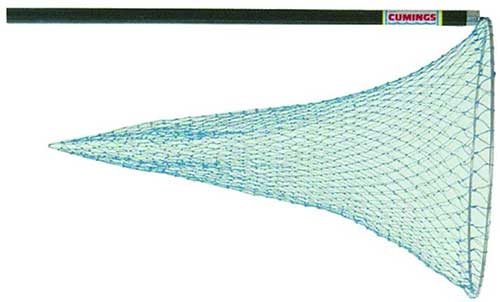
This is a 6-foot bully net with an 18.5-inch diameter metal frame. The metal ring on the net comes parallel to the handle. The ring should be bent 90 degrees to be perpendicular to the handle. This makes it so the ring lays flat on the ground when bringing the net down toward the lobster. Many people think that they got the wrong net for this reason but most pullets come horizontal because it is much easier to ship that way.
Underwater Dive Flashlight

This underwater dive flashlight has two settings – 400 or 900 lumens. The run time is 20 hours or 5.8 hours respectfully. This light comes with a rechargeable battery back and is great for spotting lobster!
LED Light Bar
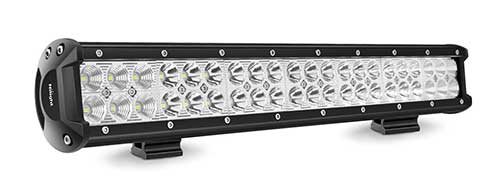
This LED light bar can be attached to the boat to provide light to search for spiny lobster at night.
Submersible Lobster Light
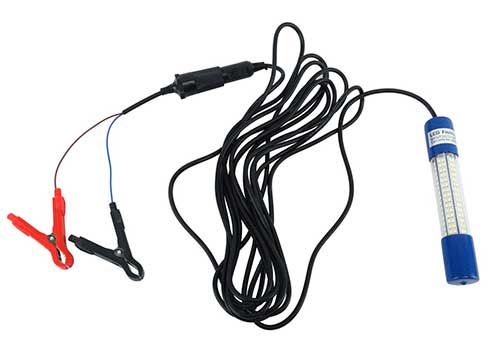
A submersible underwater light is handy to help find lobster. It comes with battery clips and an attachment cord to power the light from a cigarette outlet plug or directly on a 12-volt battery.
The video above shows how to catch lobster using a bully net and lights during the night. The boat quietly moves in shallow water and the net is placed over the lobster. Having bright lights shining into the water is important.
The video below shows my nephews and I bulling netting lobster in Cudjoe Key in the Florida Keys.
Hoop Nets For Lobster
In California hoop netting for lobster is popular. A hoop net is placed in the water with bait. When a lobster comes for the bait the net is pulled up trapping the lobster. This is done at night time from small boats.
Lobster Hoop Net

The lobster hoop net with rope is a great way to catch lobsters. This double-ring net has an outside diameter of 32 inches.
Hoop Net Bait Kit
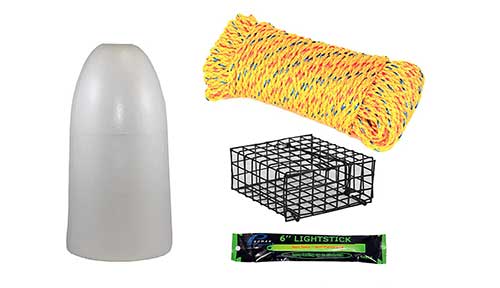
This is a metal bait cage and also comes with a float and glow stick. This is to be used with a hoop lobster net. Using a bait cage is a popular way to set bait in traps and hoop nets.
The video above shows how to use a hoop net to catch lobsters at night time. The net is lowed into the water with bait. The lobsters come for the bait and the net is lifted up catching the spiny lobsters inside.
6. Lobster Traps and Pots
Lobster pots can be made from metal or wood. Most pots are custom made to local specifications. For wooden pots weight such as metal or concrete is used to sink the pot. Lobster pots in Florida can only be used by boats with lobster permits for the boat and for each lobster pot. New lobster pots are not typically sold to the public because they are built by commercial lobster fishermen. Here is some basic information about lobster pots.
Spiny Lobster Pots
Metal mesh lobster pots or wooden lobster pots are used to commercially fish for spiny lobster. Pots are set in the ocean and are checked and re-baited at least once a week. Some boats check the pots every day.
Lobster Float Buoy
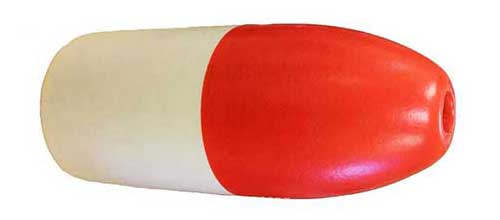
An 11-inch or 14-inch float is used to mark where the lobster pot is located. Each company should also number each buoy marker.
Lobster Pot Rope
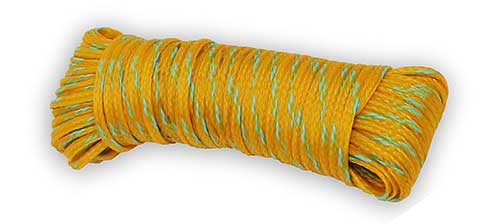
A rope is used to attach the lobster pot to the float above.
Lobster Line Weight
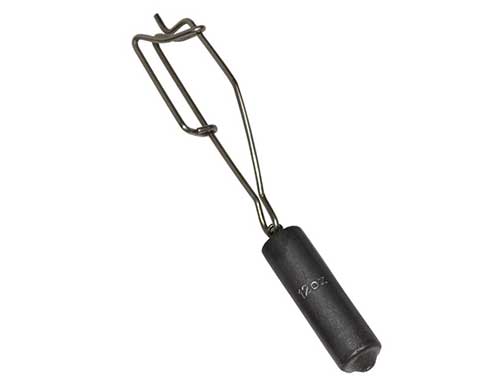
A lobster line weight should be used if the line length is not very close to the depth of the lobster pot. Placing the weight on the line makes it so any slack in the line is not laying on top of the water where it is more likely to get caught in or cut by a boat prop. During the lobster season, there are lobster and crab floats everywhere on the reef and nearshore where there is lots of boat traffic. Having weight on the line is very important because boats frequently pass very close to the lobster pot floats.
Catching Lobster By Hand and using a Gague
When diving you can catch lobster by hand without any gear and bring them back to the boat or shore. A gauge is still needed and required by law to make sure the lobster is a legal size to keep. In Florida, the lobster carapace must measure 3-inches. In California, the lobster carapace must measure 3-1/4 inches long. Make sure you check the regulations in the area being fishing. Lobsters are measured from the eye socket to the end of the carapace which is the end of the hard body where the tail begins.
It is illegal to keep a lobster that has eggs. Lots of lobsters have eggs. To check look under the tail. The bottom of the tail will be covered in dark brown eggs if it has them. Make sure to measure lobster and check for eggs before bringing the lobster into the boat if you are scuba diving or snorkeling.
Spiny Lobster Gauge

This is a metal lobster gauge for measuring the lobster carapace. A metal gauge is better than a plastic gauge because it will stay true over time. For Florida Spiny lobster the gauge should be 3 inches. For California spiny lobster the gauge should be 3-1/4 inches.
Mesh Lobster Bag with D-ring
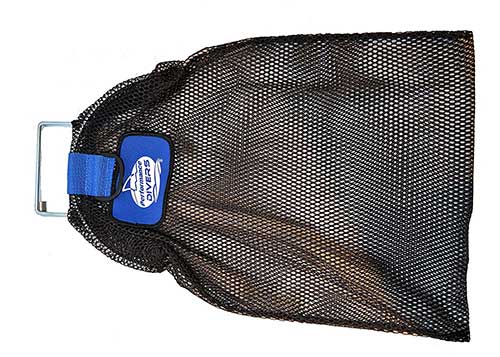
A lobster bag consists of a galvanized wire handle with a D-ring and a mesh storage area.
When freediving a mask, snorkel, and fins should be worn. A dive belt and weights can also be worn to make diving easier if you are an experienced diver or if you are wearing a wetsuit and need weight to be able to swim beneath the surface.
Fun and Effective Ways to Catch Spiny Lobster
Most people think that lobsters are caught in lobster traps. While this is the method used by most commercial lobster fishermen there are several other ways to catch lobster. In Florida, scuba divers and snorkelers can catch lobsters with a tickle stick and net. Lobsters can also be caught while diving by hand or with a snare.
At night bulling netting for lobster is also gaining popularity. A boat with bright lights looks for lobster in the flats. Once one is located a small horizontal net over the lobster and scoops them up. The last way to catch lobster at night is with a hoop net. A net is lowered into the water at night in densely populated lobster areas. There is bait in the center of the net that lobsters come to eat. Once a lobster is in the net it is pulled up and lobster is trapped in the net.
Some recreational lobster pots can be used as well but the regulation needs to be checked for each state or territory. Boaters always know when it is the lobster season as the commercial lobster fishing fleet will set thousands of traps and the lobster floats will be seen on top of the water. Don’t run a boat too close to the floats as an improperly set trap will have a line floating at the surface that can get caught in a prop and do damage.
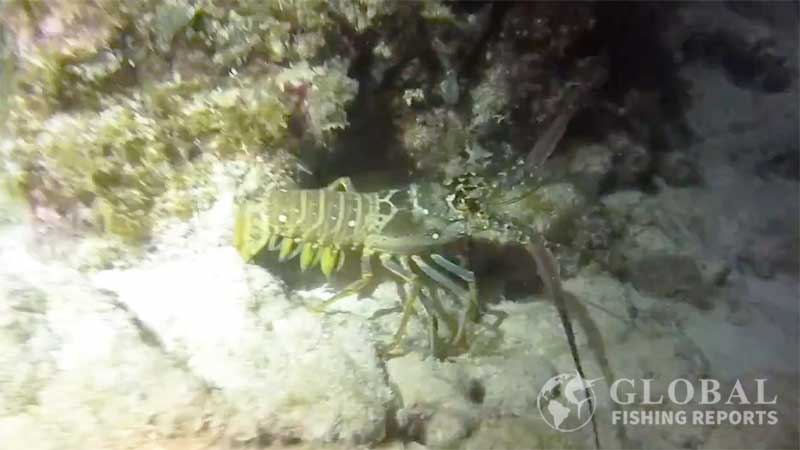
Florida Spiny Lobster Fishing Regulations
The mini-season now called the sport-season for lobster is July 27-28. This will be on Wednesday and Thursday. It starts at 12 am on Wednesday but divers are not allowed to catch lobsters at night in Monroe County during the two-day mini sport season. Bully nets can be used at night. The lobster must have a carapace length greater than 3-inches.
In Monroe county which includes the Florida keys, the daily lobster limit is 6 per person. This is also the case in Biscayne National. In the rest of Florida, the bag limit is 12 lobsters per person. The number of lobsters on the boat can not be greater than the daily limit for the number of anglers. On land, the number of lobsters you have can not exceed two daily limits. On the first day though it should not exceed one daily limit.
In most of the National parks in Florida lobster can not be caught during the two-day sport season. For more information see the Florida fish and wildlife website.
Common Questions about Lobster Fishing
Where is the best place to catch lobster?
The best place to catch a spiny lobster is in the Florida Keys. Lobsters can be caught in high numbers both in the Atlantic Ocean side of the Florida Keys and in the much shallower Gulf of Mexico. Spiny lobster can also be caught in the Caribbean and along the California coast. Spiny lobsters are considered warm water lobsters.
Coldwater lobsters or clawed lobsters are caught along the North Atlantic coast from northern Canada to New Jersey. These lobsters are primarily caught using lobster traps.
What are the different types of lobsters?
There are two types of lobster that people commonly catch to eat. First is the spiny lobster. This lobster does not have claws and is caught just for the lobster tail. Locals love to eat spiny lobster but most of the commercial spiny lobsters that are caught get sold to China. Spiny lobsters are commonly caught in Florida, the Caribbean, and along the California coast.
Next is the cold water lobsters with claws that are also called true lobsters, Maine Lobsters, Canadian Lobsters, and Northern lobsters. All of these are the same species of lobster but can taste different based on the environment where they are harvested. Eating lobsters can be like drinking wine where subtle differences can be important to people.
How do you measure a lobster?
A lobster is measured with a lobster gauge. Some people think that a lobster gauge measures the width of the lobster. That is incorrect. A lobster gauge measures the horizontal length of the lobster’s hard body shell called the carapace. The distance to measure is from the back of the eye socket to the end of the shell.
In Florida, the lobster carapace must be longer than 3-inches. In California, the lobster carapace must be longer than 3-1/4 inches long. There are metal and plastic gauges that have slots cut out with these exact dimensions. Just make sure you are using the right gauge based on location.
What is a lobster bully net?
A bully net is similar to a net used to scoop up fish and bring them onto the boat. However, it has a longer handle and the net is bent at a 90-degree angle relative to the handle. Bully nets are used to catch lobsters at night in shallow water from a boat. Boats typically use a trolling motor to move through shallow water less than six feet deep to look for lobster. Once a lobster is found then the net is quickly placed overtop of the bug. The net is moved horizontally to trap the lobster within the netting material so the net can be lifted back onto the boat with the lobster trapped inside.
What is a lobster snare?
A lobster snare is a loop of stainless steel cable that is placed around a lobster and pulled tight to catch it in the snare. This is not a snare trap but rather a manual way to catch a lobster that is hiding in a hole or crack. The cable is pulled tight by pulling the handle on the opposite side of the rod. Typically snares are about 24 inches in length.
How do you catch lobster from shore?
The best way to catch lobsters from the shore is to snorkel from the shore and look for lobsters around any structure nearby. Sometimes close to sunset you can see lobster walking near the edge of the water. At night it is against the law to harvest lobster while diving. However, a bully net can be used to walk in shallow flats to catch lobsters.
What is an underwater lobster light?
When bullying netting lobster at night bright lights are needed to find the lobster. It is difficult to hold a light and scoop up the lobster at the same time. For this reason, bright lights are usually mounted on the boat. The best light to use is underwater lights pointed down as these eliminate surface reflections. Underwater light also helps to keep the boat driver’s night vision for navigation purposes. When looking for lobster near residential areas make sure to not have light shining outward and keep the noise level to a minimum.
What are the best baits for lobster pots?
Salted herring is the most common bait for lobster traps. Any baitfish will work, including ballyhoo, bunker, menhaden, pilchards, etc. Bait can be expensive so use what you can get for a reasonable cost in your area. In Florida setting recreational lobster pots are not allowed.
What is the best time to catch lobster?
The most popular time to catch spiny lobster in Florida is during the 2-day mini-season in late August. The mini-season is about a week before the official opening of the lobster season. The office lobster season is from mid-August until March which is about 8 months. Lobsters can be caught by commercial fishermen and recreation lobster divers and people using bully nets during this time. Lobster can be caught throughout the entire season but when the lobster season first opens all the good spots are typically full of lobster. Lobsters can be caught day or night but will only go into traps during the night as this is when they are most active.
Do I need a license for lobster pots?
Yes, in Florida a commercial lobstering license is required for the vessel, and each lobster pot has a license associated with it. Each pot needs to have a registration number. Lobster pot regulations vary from state to state so check your local fishing regulations. In Florida, it is common for recreational fishermen to set traps for blue crabs and stone crabs but not for lobster.
Do you need a license to catch lobster?
Yes, in Florida both a lobster permit and a saltwater fishing license is required. For residents, this costs $27 and for non-residents, the combo costs $57. These licenses and permits can be purchased online at the Florida Fish and Wildlife website.
Can you keep female lobsters?
No, it is against the law to keep female lobsters. In Florida, most keeper-size lobsters that are female will have eggs so it is easy to determine if the lobster is a female. Only the male lobsters can be kept to eat. This helps to keep the number of lobsters as high as possible.
Can you catch lobster during the day?
Lobsters are nocturnal and primarily are only out of their hiding locations at night. To catch lobster during the day divers need to find where the bugs are hiding. To get them out of their hiding locations a tickle stick or a snare is used. Make sure not to damage coral when catching lobster. Some divers get carried away and forget about the importance of protecting the reef environment.
Can you catch lobster at night in the Florida Keys?
It is against the law to dive for lobster at night but lobster can be caught with bully nets. Bully nets are typically used from a flats boat but can also be used by wading into the water. Lobsters are nocturnal and most active at night. In California is it also common to catch lobster at deep depths at night using a baited hoop net. This works well when placing the net near a structure or a location that has lots of lobster.
What is the mini lobster season in the Florida Keys?
Mini lobster season is the busiest two days of the entire year in the Florida Keys. People come from around the country to catch lobsters. People scuba dive, snorkel, and bully net for lobster during this time. It can actually be dangerous as there is lots of boat traffic and a high number of people in the water diving. Make sure to take proper precautions during the mini-season.
The mini-season is always in late August and lasts for two days. The lobster season has been closed for four months at this point and there are lots of lobsters close to shore and in shallow water where people can easily catch them.
How long is the lobster season in the Florida Keys?
There are two lobster seasons in the Florida Keys. The mini lobster season in is late August and lasts for two days. The main lobster season is from mid-August through March which is about 8 months. Both commercial and recreational lobsters can be harvested during the regular lobster season. Commercial fishing is not allowed during the mini-season.
Captain Cody has worked on charter fishing boats in the Florida Keys, Virgin Islands, and Alaska. Growing up in Pennsylvania Cody has also done extensive freshwater fishing including bass fishing tournaments. Cody strives to provide detailed information about the best fishing gear and tactics to help both novice and experienced anglers have a more productive and enjoyable time on the water. Cody also has a background in aerospace engineering and neuroscience but really only takes pride in being good at one thing and that is fishing!

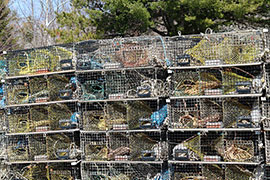

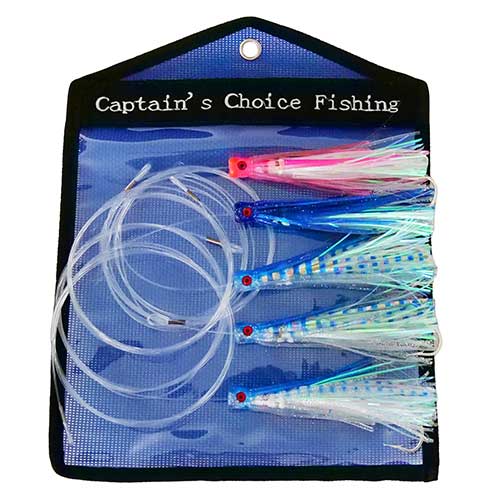
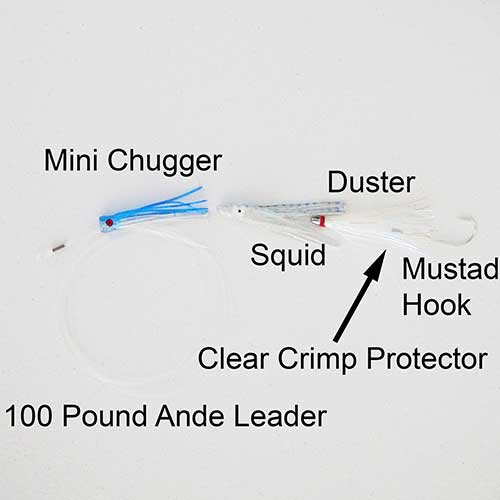
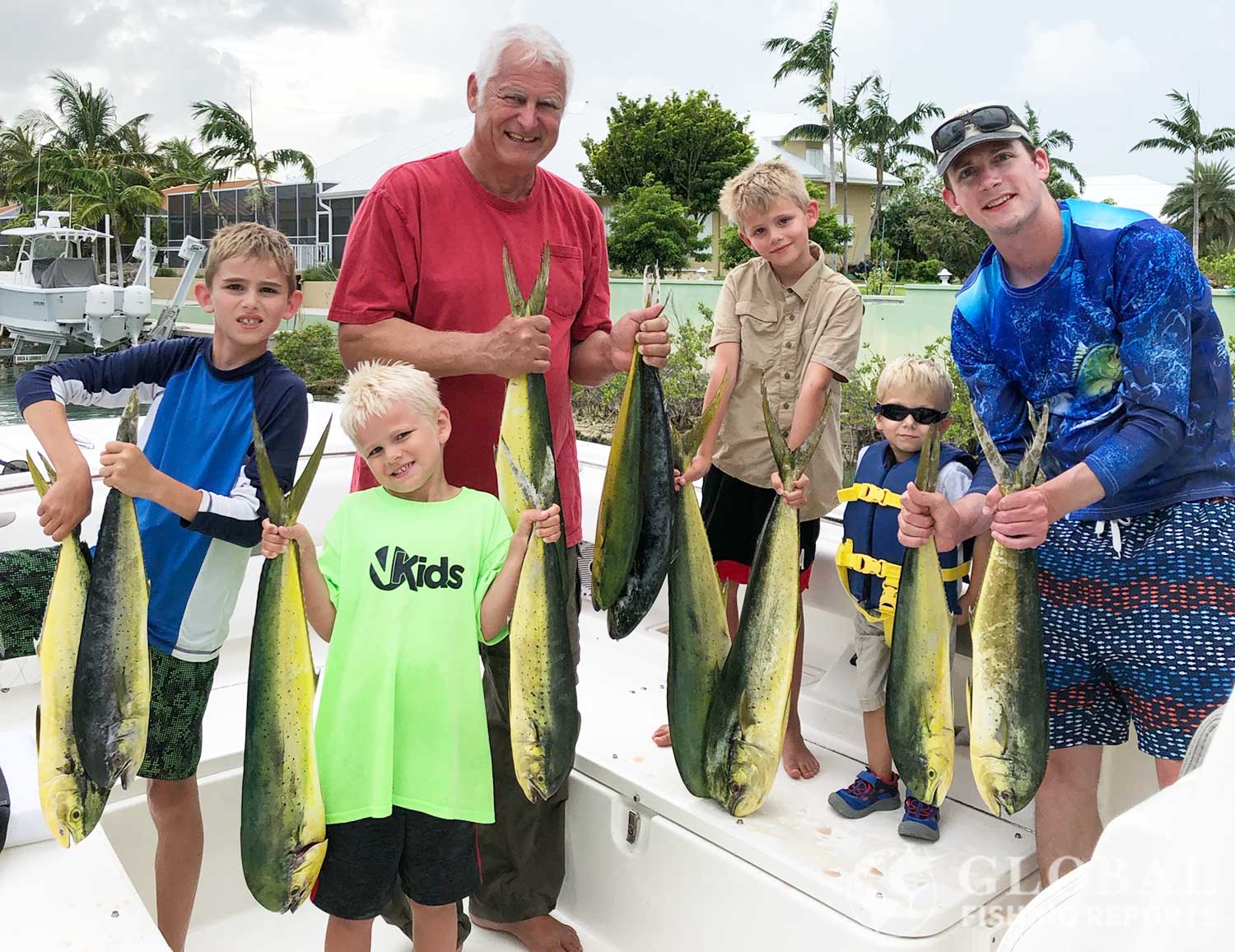
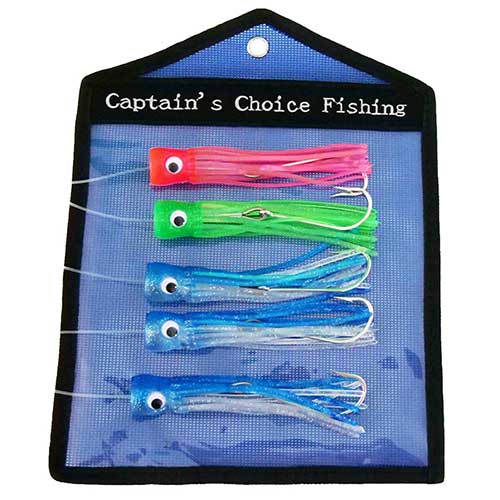
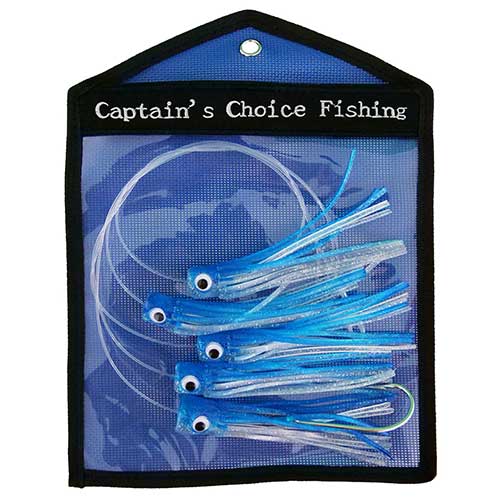

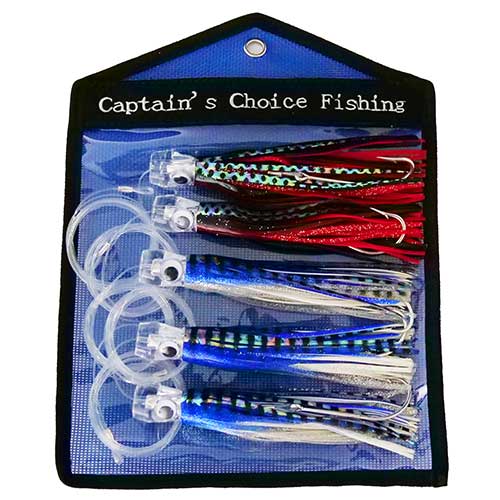
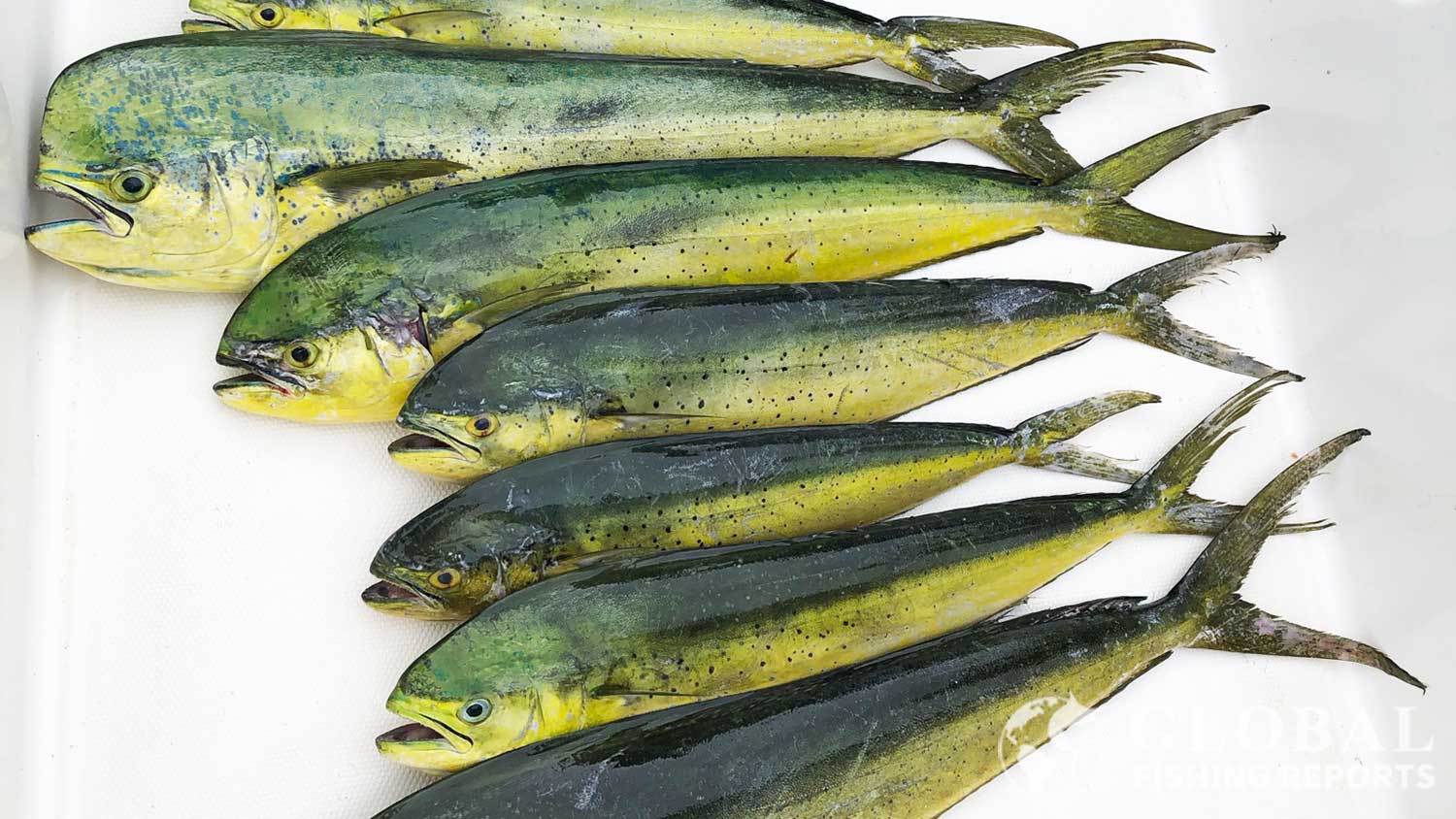
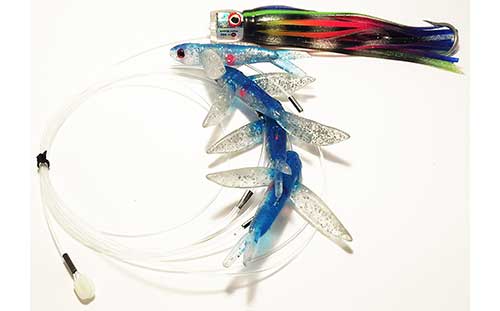

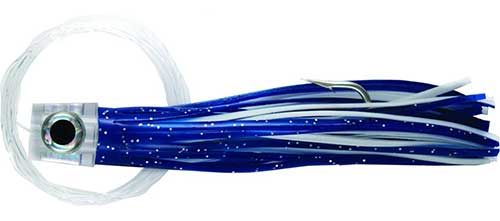
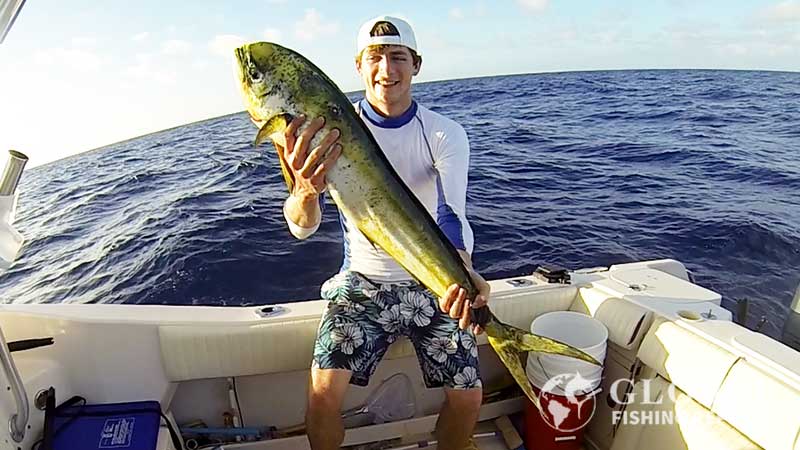
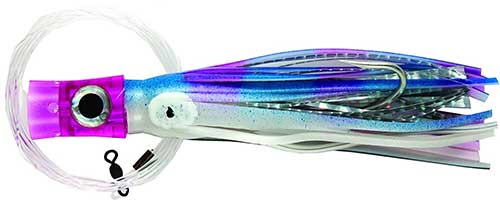
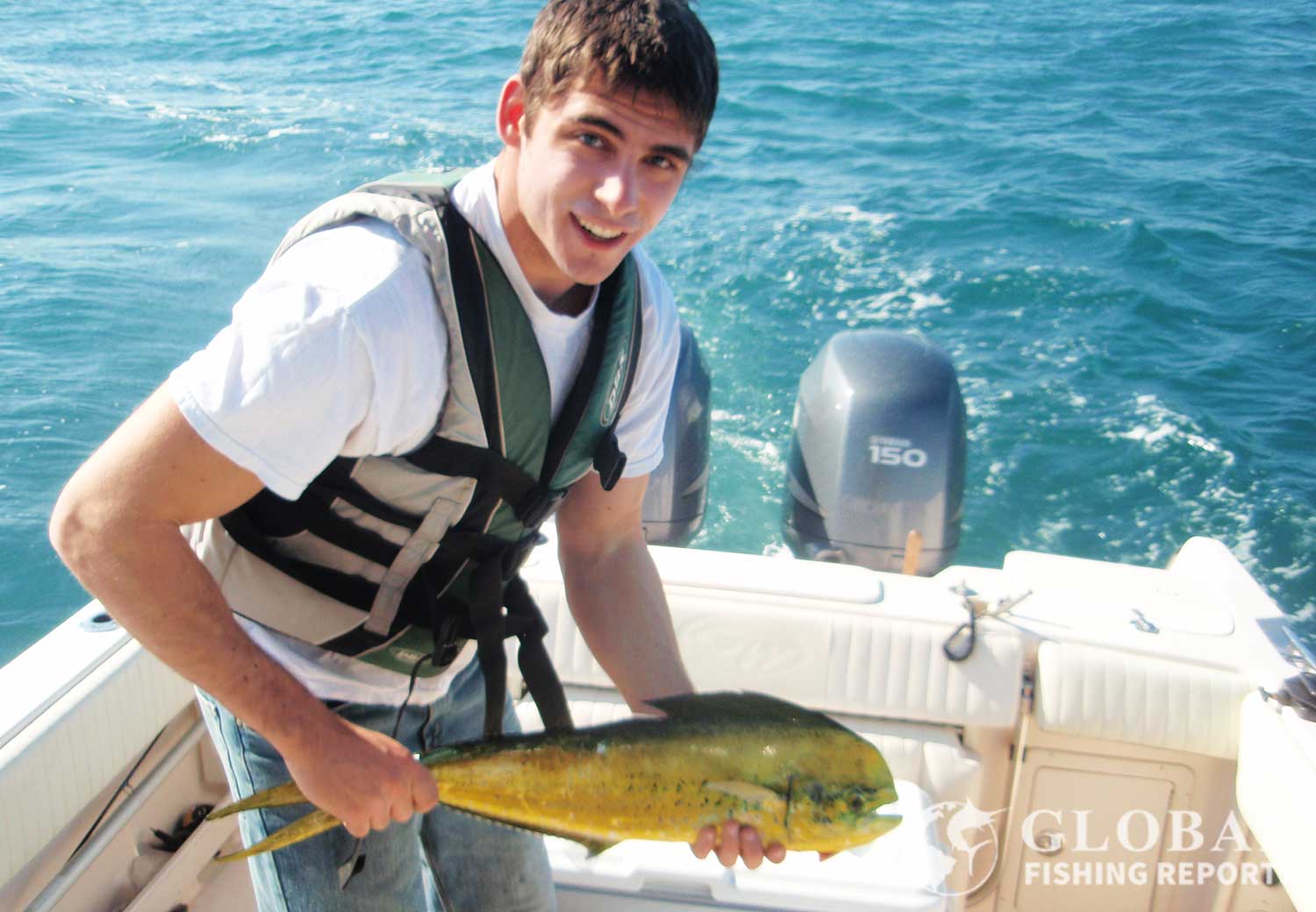
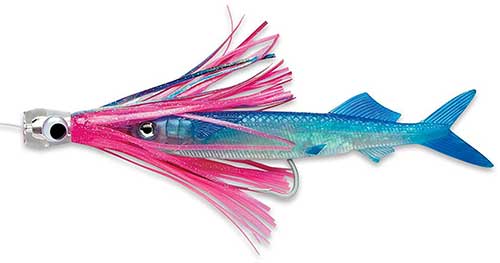
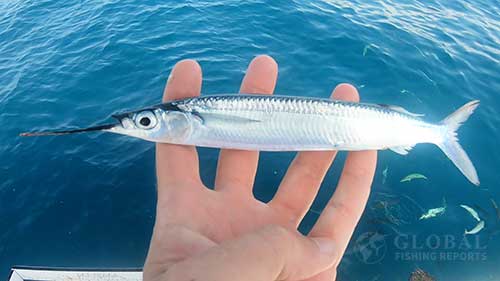

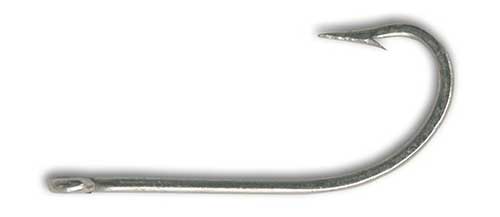

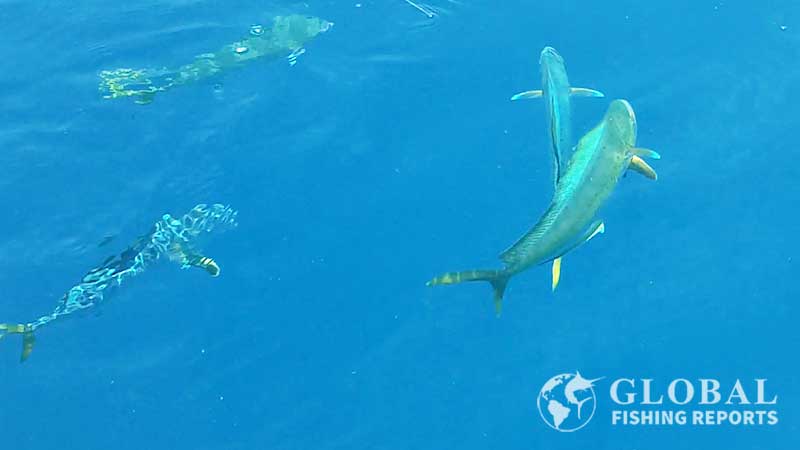
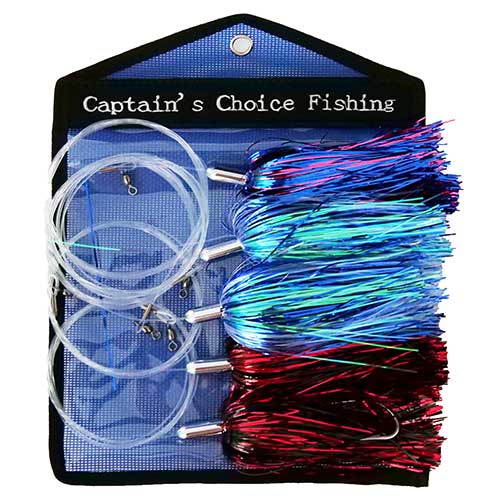

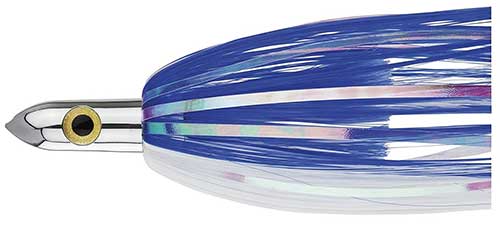
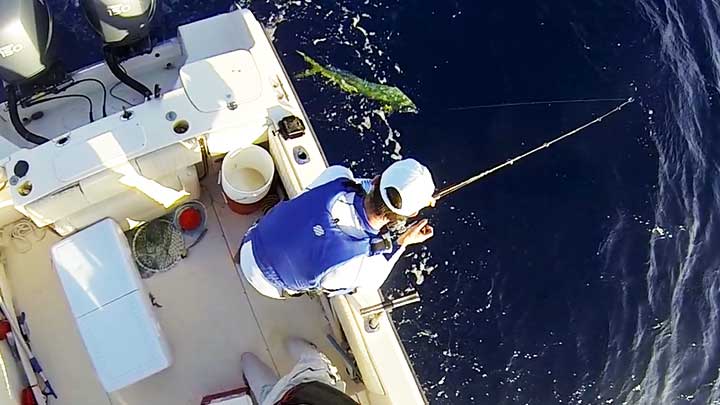
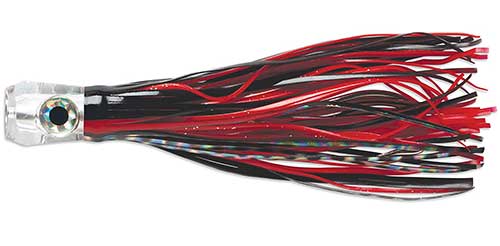
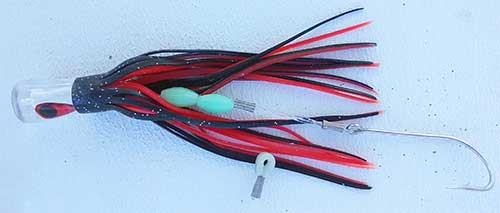
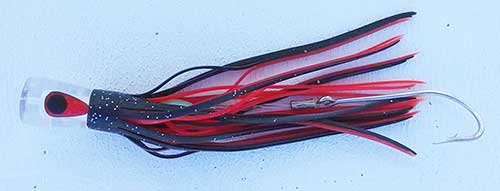
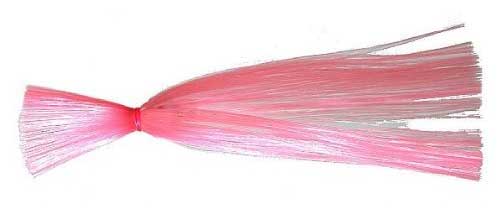
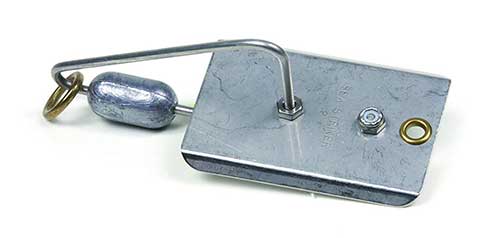



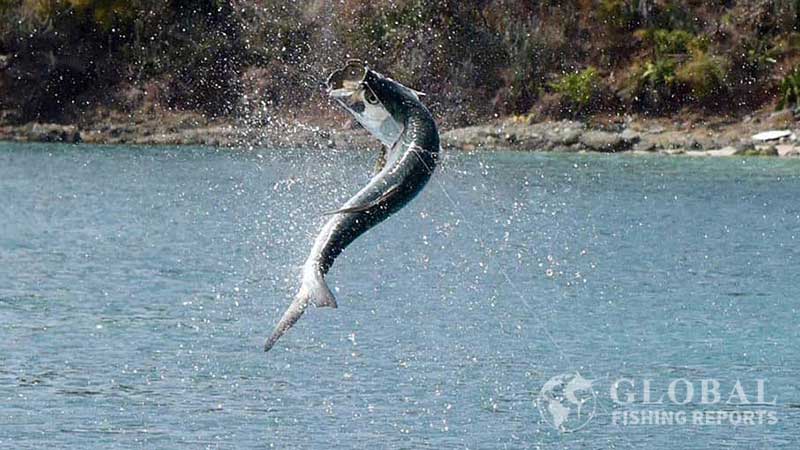
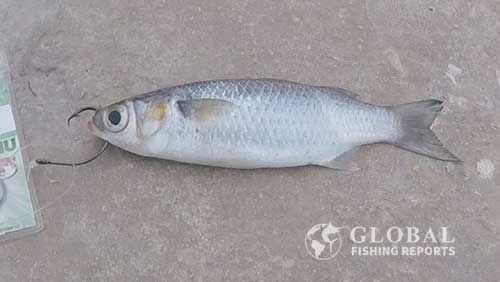
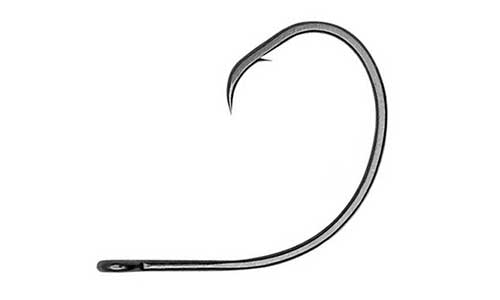
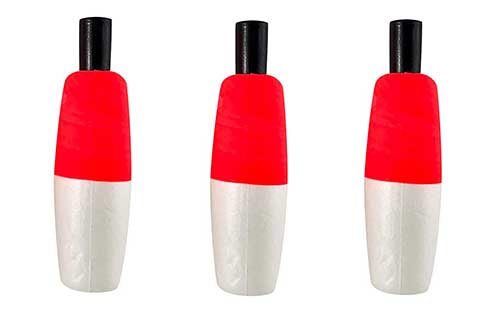
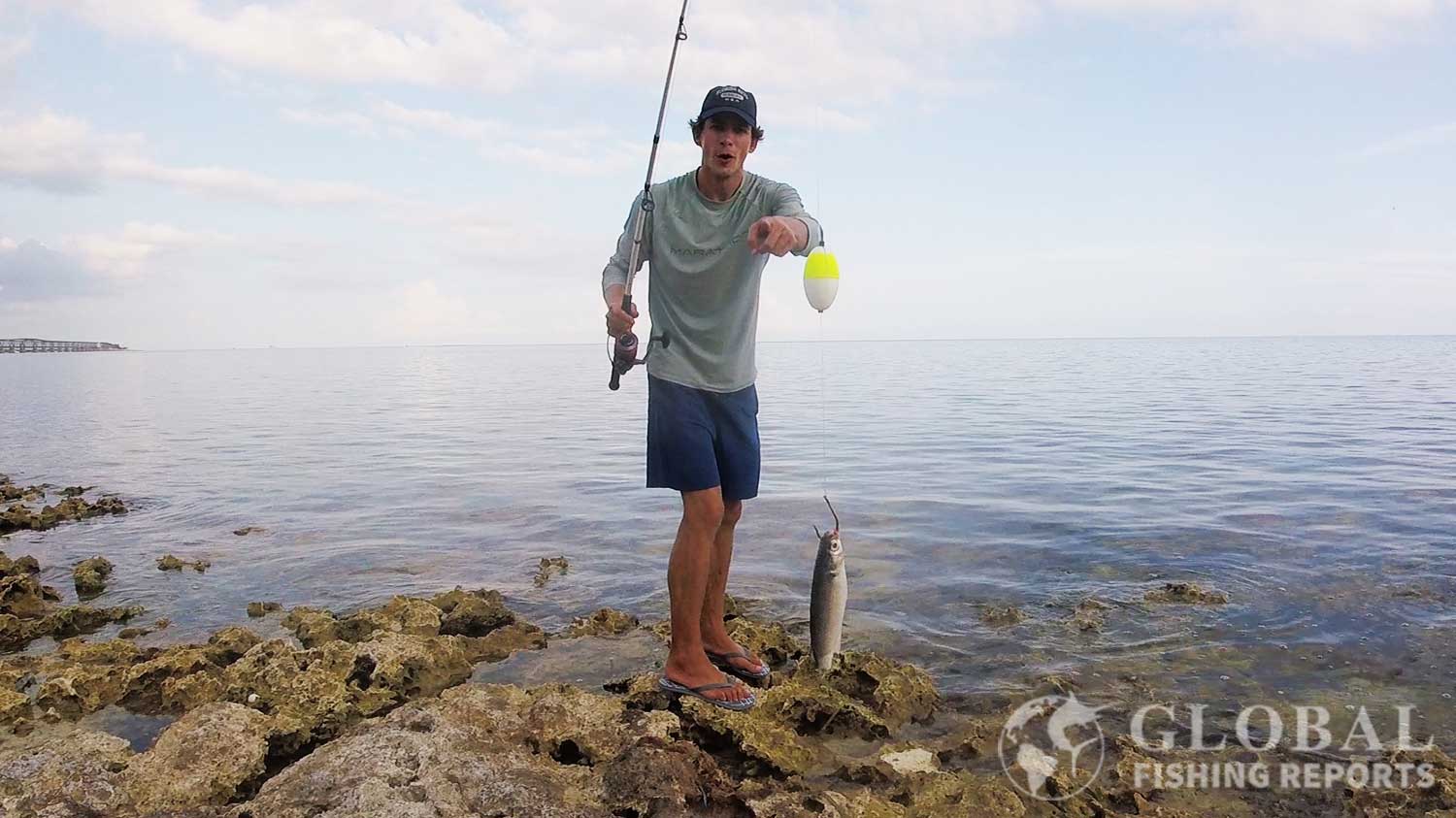

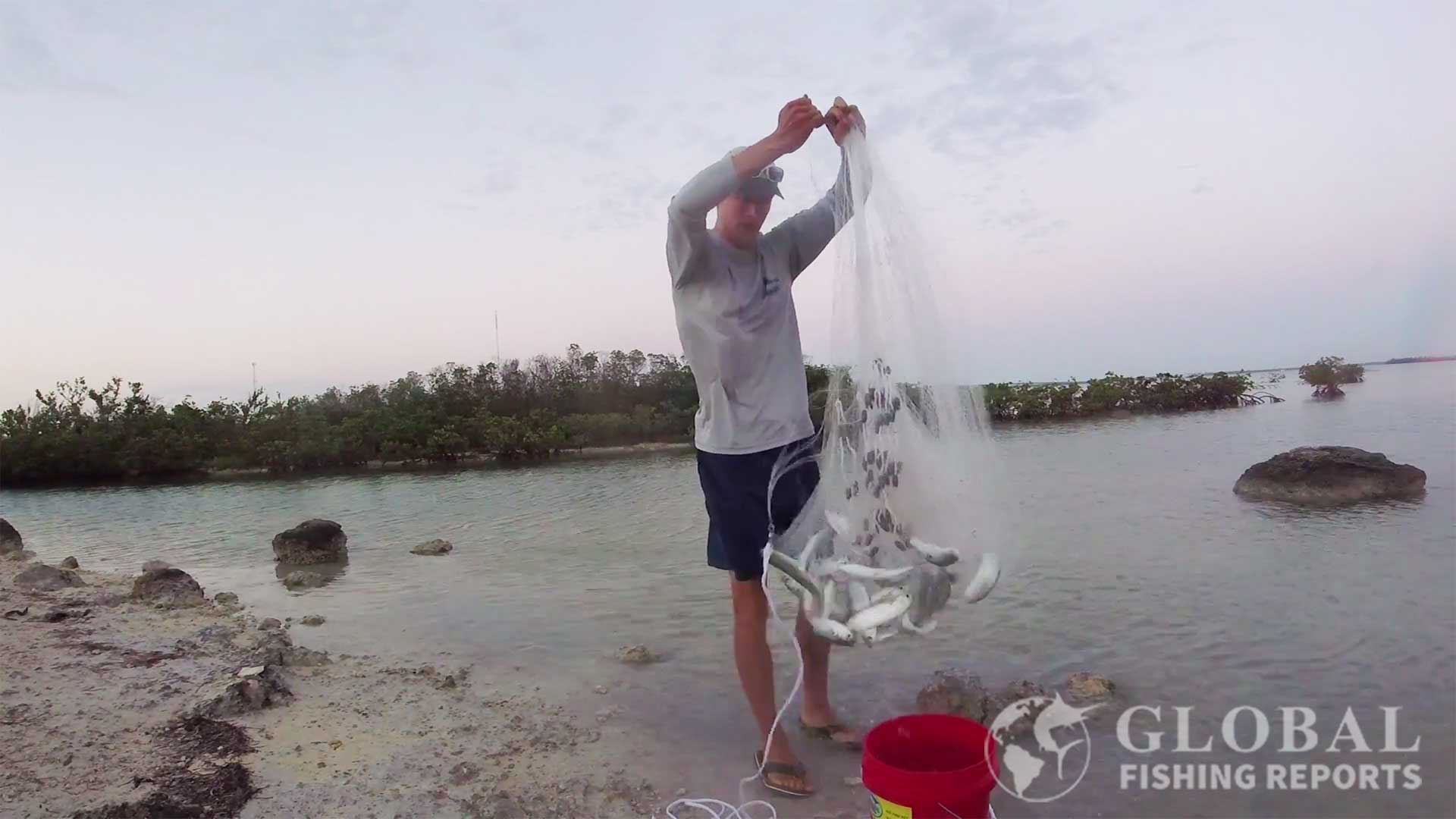

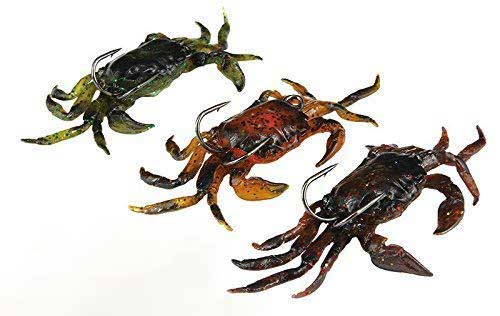
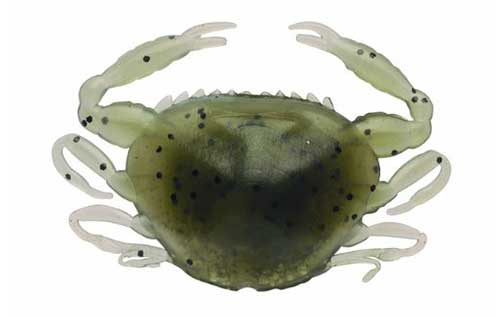
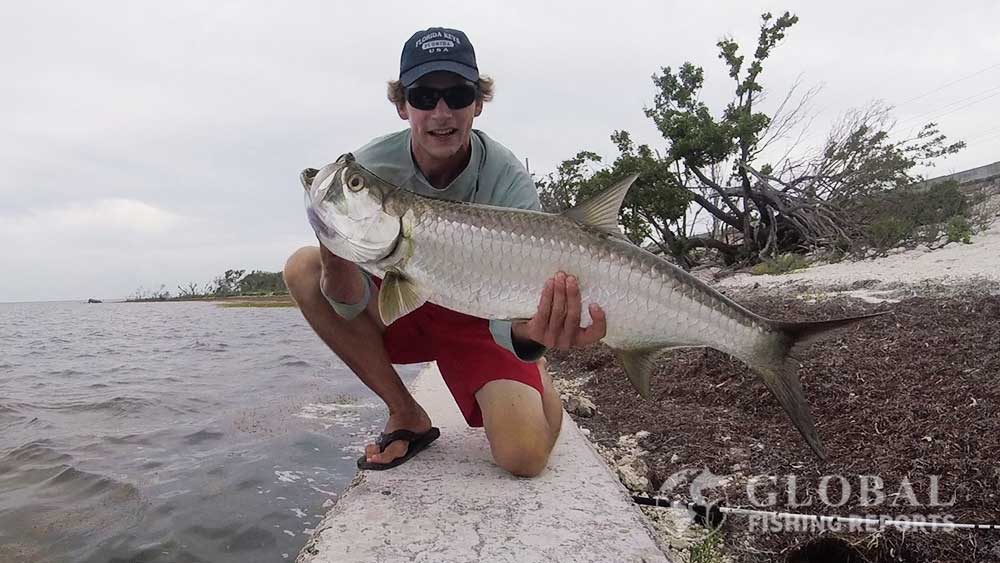
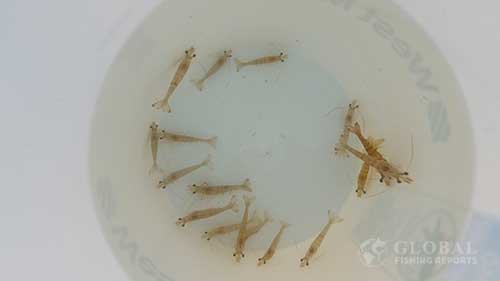


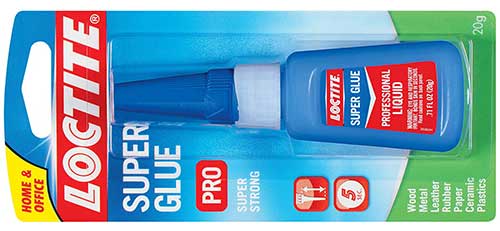
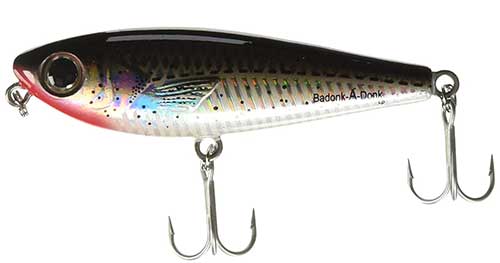
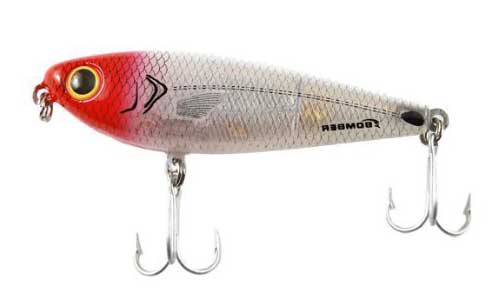




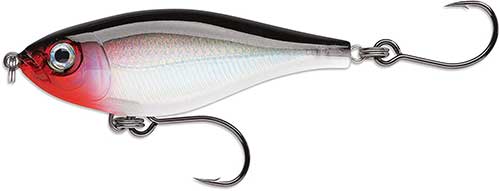

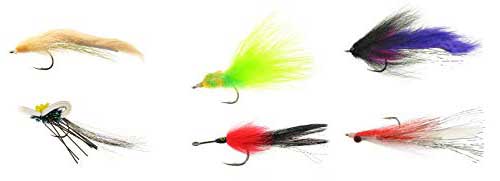
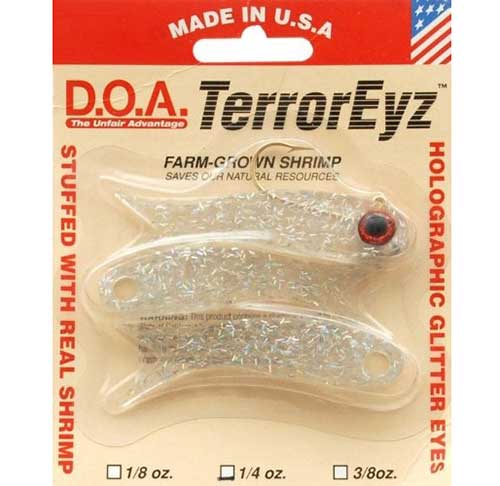
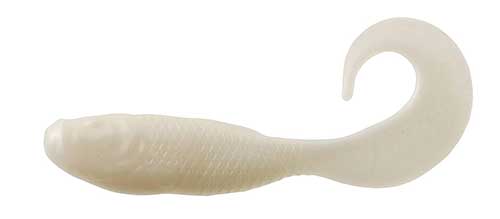



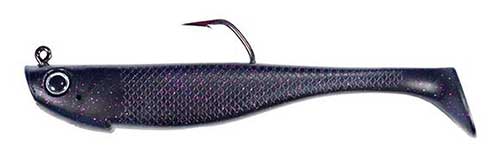



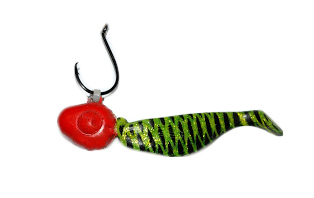
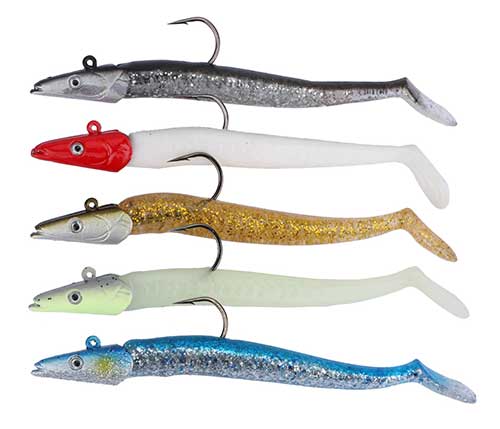
Is there any clinics in North fort Myers or cape for lobster
Not that I know of as I am in the Florida Keys. If you have a boat I would say try the grass flats on a calm night with bright lights. Right near structure or dredged canals and channels. It is only a 4 or so hour drive to get down here and there are lots of captains that do day lobster charters, diving or snorkeling.